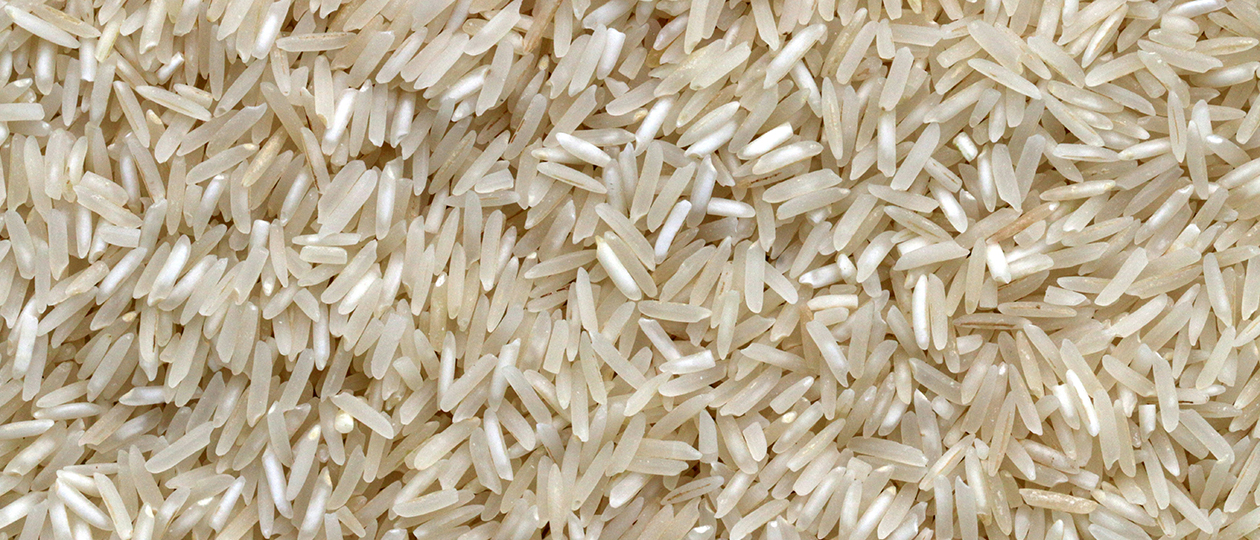
Despite the decision of the Japanese government to release additional volumes of rice from strategic reserves — after April 21 of this year, the third batch of 100 thousand tons will be put into circulation — retail prices for it remain high.
At the same time, grain prices on the world market are falling, as a result of which the cost of importing wheat to Japan, which is the main raw material for bakery products, is decreasing. As a result, bread is becoming cheaper than rice — the basis of the traditional diet of the local population. One meal with rice as a main course will now cost twice as much as a “wheat lunch”, which is why households are increasingly giving preference to noodles and other wheat products.
About 90% of the wheat consumed in Japan comes from the USA, Canada and Australia. The price at which the government sells imported wheat to millers is recalculated every six months based on price dynamics on the international market, sea freight rates, exchange rates, etc.
According to the Ministry of Agriculture, Forestry and Fisheries of Japan, the average selling price set by the government since April this year was 63,570 yen ($450) per ton, which is 4.6% lower than the figures for the previous half-year and the lowest in the past 3.5 years.
The increase in demand for flour and bakery products on the Japanese market may in the future create conditions for expanding grain exports from Russia, the total volume of which reached a historical maximum of 71.3 million tons by the end of 2024.





